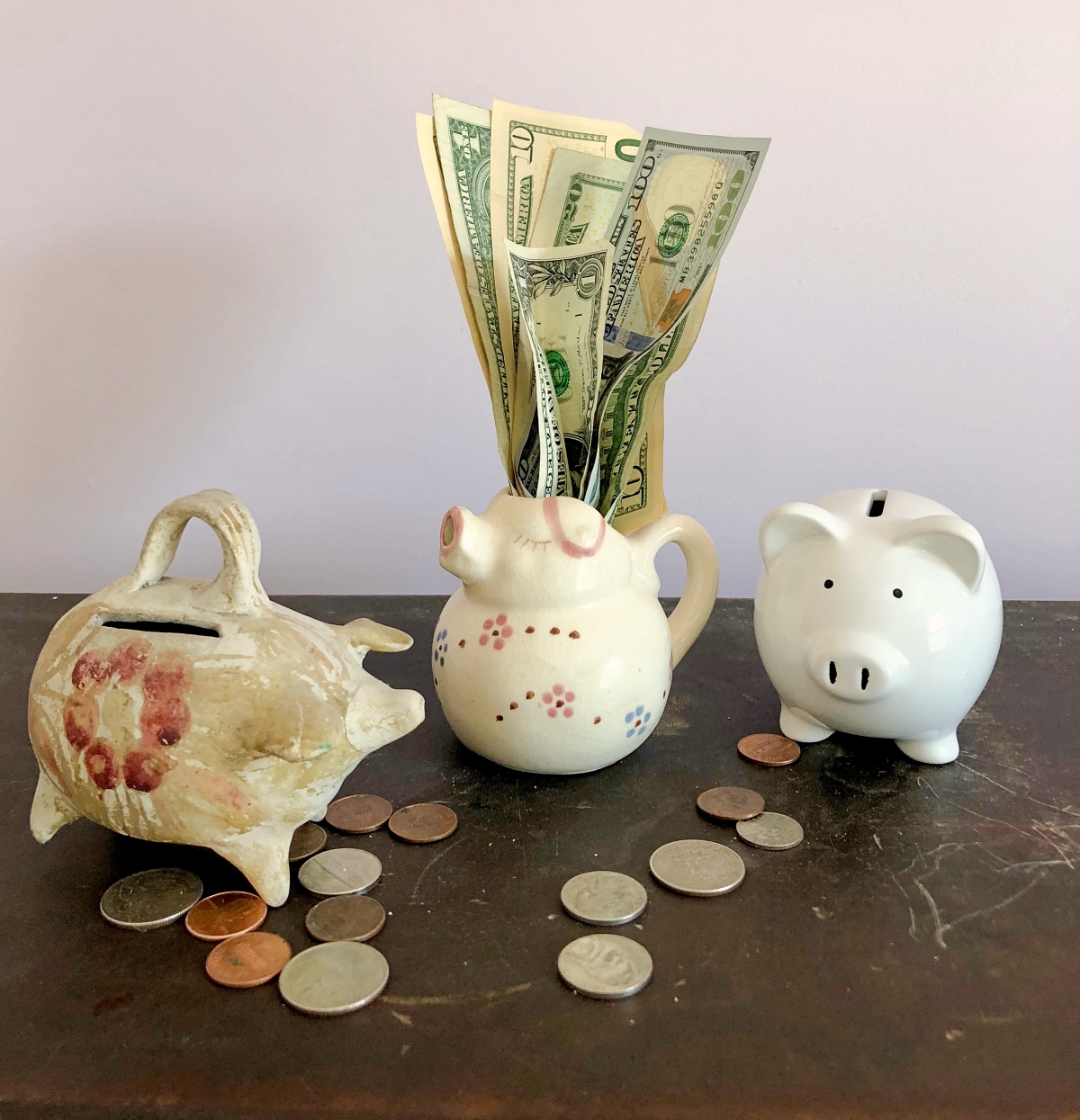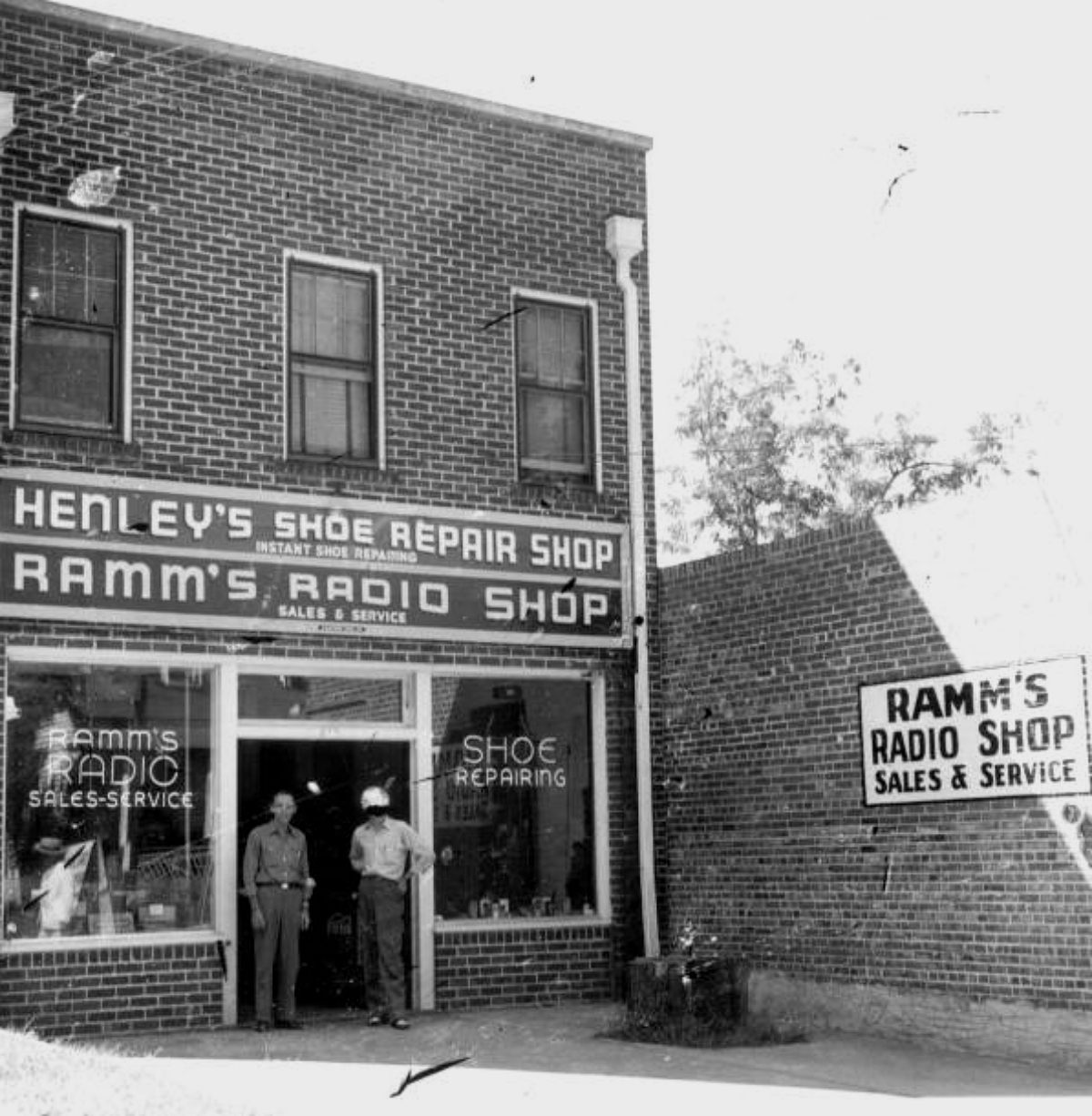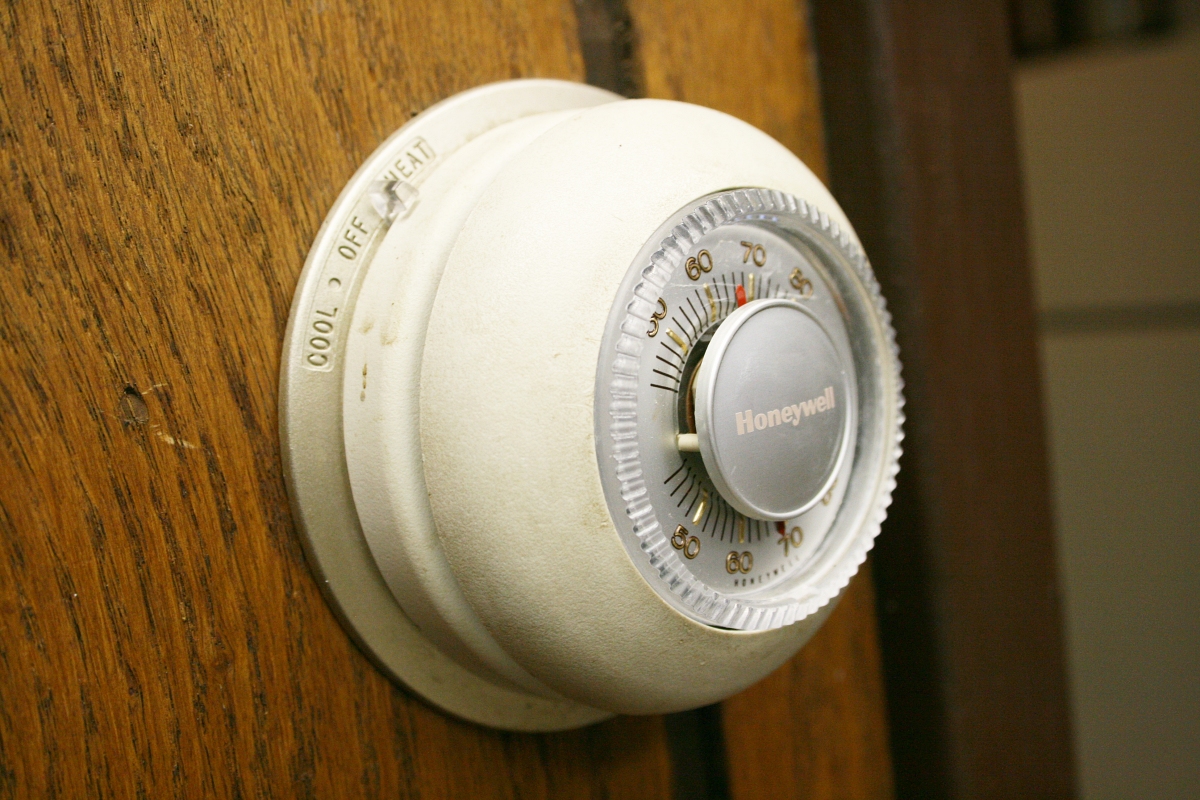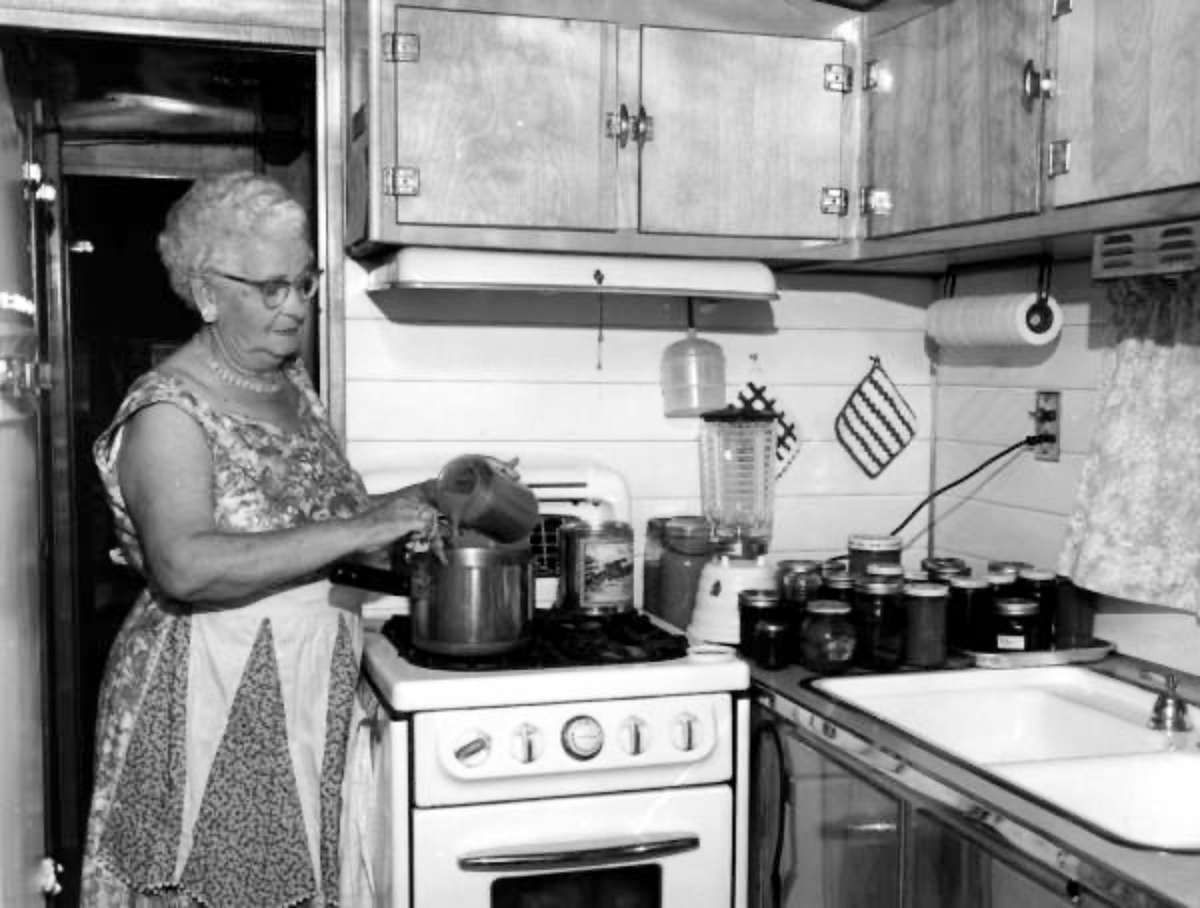Recent shortages on labor and strains on the supply chain have meant that many of the goods and services we use everyday are becoming more and more expensive. Inflation rates over the past year vary depending on the type of product in question, but overall inflation on consumer goods has risen since January of 2021 by 7.5% percent. This is the highest leap since 1982 when consumers recoiled at the high jump in prices back then, too. Adults at the time were still reeling from the gasoline shortages of 1973 and 1979, and many had also lived through World War II and the Great Depression.

It’s unclear how this current situation will change, especially as things open up after the pandemic. But, one thing that consumers can do is to keep a close eye on their spending and find creative solutions to the current price tags. We can take quite a few tips from past generations who had to live through their own economic crunches.
Resole Your Shoes
When possible got your shoes repaired rather than getting new ones. More and more shoes are being made in such a way that resoling is impossible. But, if you can get a patch done on a good quality pair of old shoes or boots then you’ll save money in the long term.

Keep Anything That Still Works
Don’t toss the old in favor of something new. It might sound like a strategy from the Great Depression era and it certainly doesn’t fit with the minimalist/Marie Kondo lifestyle. However, the old adage is very helpful for material possessions: if it ain’t broke don’t fix it. In this case I’d add “and don’t throw it out”.
Take Good Care of Your Belongings
Cleaning stains as soon as they’re made, cleaning shoes often, conditioning your leather goods, doing simple mending chores before they become big problems, and storing your things properly are some easy ways to keep them in tip top shape for longer. The added advantage, in addition to saving money, is that you get to use your favorites for longer.
Hold On to Your Old Car
If you can ride out a few more years with your old car without too many major repairs then you can save thousands. The newest models may be bright and shiny, but they come at an even higher price these days.
Turn the Heat Down at Night
Research shows that sleeping in a colder room can result in deeper sleep and fewer awakenings in the night. Plus it saves money! Since you’re under all those blankets it’s not like you really need the house to be a comfortable 72 degrees anyways.

Buy Generic
Many times there’s very little difference between generic and name brand grocery goods and medicines. Those times when generic doesn’t meet your expectations (like replacing your favorite name brand laundry soap) can be your splurge and you can keep buying generic versions of most everyday items. Your wallet will thank you.
Buy Quality
It might sound like a contradiction to the advice of buying generic, but higher quality items on things you plan to keep for years is important. If you want to be able to use something for a long time, consider spending more money to get the best quality you can afford rather than buying the cheapest thing around. Clothes that last longer, dishes that are better made, and real wood and leather are all going to hold up better in the long run. Plus, many of these higher quality items take better to repairing which is an important point if you hope to save money in the future.
Thrift Whenever Possible
When it saves money over new buying from a thrift store or vintage store is a really satisfying way to save money. However, many thrift stores have been raising prices to nearly the same cost as buying retail, so this depends on what the thrift stores near you are like.
Cook at Home
Instead of eating out, try making more meals at home. Then your restaurant/take-out nights can be treats for special occasions. It doesn’t make sense to spend more money solely out of convenience when you can make a lot of meals very quickly (here are some 15-minute meal recipes). Meal prep can make this so much easier, too. Invest in some good food storage containers to facilitate this and you’ll be surprised at how much you can save this way.

Bust Out the Piggy Bank
Start a saving pot (real or digital) to track money you’ve saved by bargaining, fixing things yourself, or eating in when you wanted to go out. This kind of simple saving can very quickly realize itself in money you can put towards bigger purchases.
Postpone Expenses
When possible put off big expenses. For example, if new shutters are a want and not a need then it might be time to hold off. Don’t jump at the chance to replace something that can wait a little longer.
Don’t Live Somewhere Bigger Than You Actually Need
Sure, having a lot of space is very nice. But, the mortgage/rent and upkeep on a space that’s bigger than what you actually need could be costing you. Money saved on lower bills can go directly into the saving pot. Of course, if you’re actually using the space, like those with large families, then sometimes bigger homes are a necessity.














